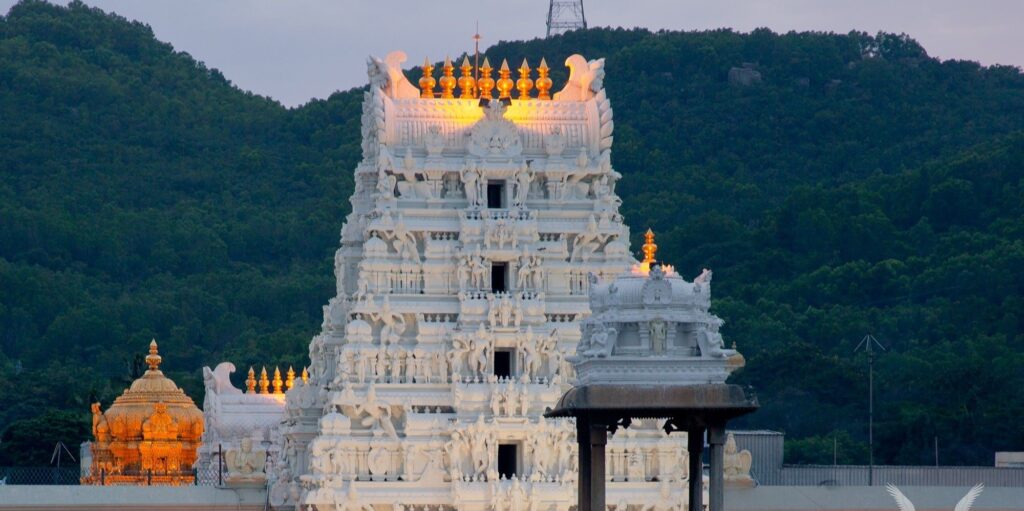Everything about Divya Deshams Ritual is an external demonstration of religion. It provides a scope for us to observe religion outwardly. It is akin to the feet of religion. It may not be the essence of the religion, yet it is not a non-essential part of the religion. It is, so to say, an outer Read More
Ads Blocker Detected!!!
We have detected that you are using extensions to block ads. Please support us by disabling these ads blocker.

